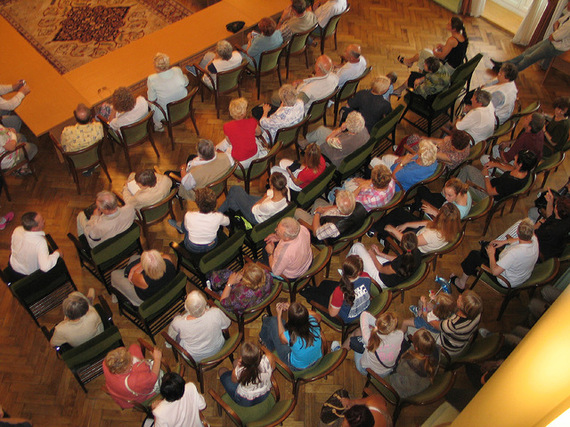Have you noticed that No Kill communities tend to occur in clusters? Take Austin, which achieved a 90%+ live release rate in 2011. Williamson County just to the north achieved No Kill around that same time, and in the years since then we've had the nearby towns of Georgetown, Pflugerville, and Taylor all going No Kill. And San Antonio, a big city about an hour away from Austin, has gone No Kill along with its nearby town of Kirby.
Then there's Jacksonville, which has helped other towns and counties in the First Coast region. Charlottesville, Virginia, has seen an explosion of No Kill neighbors, including Lynchburg just to the south, which in turn has been helping its neighbors. The shelter serving Duluth, Minnesota, made Superior, Wisconsin, a No Kill city. On the west coast, San Francisco has helped Stockton to dramatically improve its live release rate. The Nevada Humane Society in Washoe County has made nearby Carson City into a No Kill community. Brother Wolf in Asheville is reaching out to other communities. And in what may be the most dramatic example of all, South Carolina shelters are embarking on an ambitious plan to make the entire state No Kill by setting up five hubs that will offer No Kill help throughout the state.
The assistance that No Kill communities offer their neighbors takes many different forms. Dr. Ellen Jefferson helped San Antonio with the creation of San Antonio Pets Alive!, which was modeled on Austin Pets Alive! The San Francisco SPCA pulls at-risk animals from the Stockton shelter and finds homes for them. Jacksonville includes its neighbors in its gigantic mega-adoption events. Personnel from Charlottesville and Jacksonville have become successful shelter directors in Lynchburg and Tampa, respectively.
Other factors may be at work too in spreading No Kill. When a city goes No Kill, government officials in nearby communities will take notice. It's much easier to commit to an idea that has already been proven successful by your neighbor than it is to be the first one to try it. It's natural to trust a neighbor more than someone from hundreds of miles away. If a nearby neighbor has gone No Kill, it tends to take away the excuses that climate, terrain, or community demographics make No Kill too difficult or impractical. Defeatism is replaced with the idea that "if they can do it, we can do it too." And in purely practical terms, boots-on-the-ground help is much easier from one neighbor to another since travel is not a problem.
Mentors can help with one major problem that shelter directors face in trying to go No Kill, and that is taking the plunge. Animal shelters are fast-paced, working organizations. They are like a police department or a hospital in that they have to function every day. A director cannot just shut the shelter down for a couple of weeks to retool. A traditional shelter director may be afraid to institute managed admission for fear of creating chaos, or reluctant to try a community cat program for fear it will take too much time or money, or cause complaints. An experienced No Kill director from a neighboring city who is there with step-by-step guidance and encouragement can make all the difference in getting those programs underway.
Most traditional shelter directors these days seem to be interested in shelter reform, but they may be reluctant to take advice from No Kill advocates who do not work or volunteer at the shelter and have little hands-on shelter experience. Shelter directors may resist engaging with local No Kill advocates because they have heard of cases where shelter directors have been unfairly attacked by advocates. If a traditional shelter director gets to know a neighboring No Kill director as a person, they can build trust that can lead the traditional shelter director to a more sympathetic consideration of new ideas.
Even shelter directors who do not have any nearby No Kill neighbors can get help, but they may have to take the initiative in finding it. National conferences provide a great way to network. There are more and more shelter consultants, and they are becoming more specialized and effective. Consultants may work in teams that can include a building specialist, a behaviorist, a community cat expert, etc. Most consulting organizations have access to a wide variety of specialists who can be called on as needed.
Animal shelter federations may be an under-used opportunity for No Kill mentoring. These federations are usually at the state level. Although historically the federations have been conservative, things are changing. Virginia is an example of a state federation that actively offers help to its members. Since animal control is in most respects a state function, with delegation to the local level, the state federation is a natural place to look for regional mentoring.
There are no doubt many more stories of No Kill shelters helping their neighbors than we know about. It's an exciting trend that holds great hope for the future.
